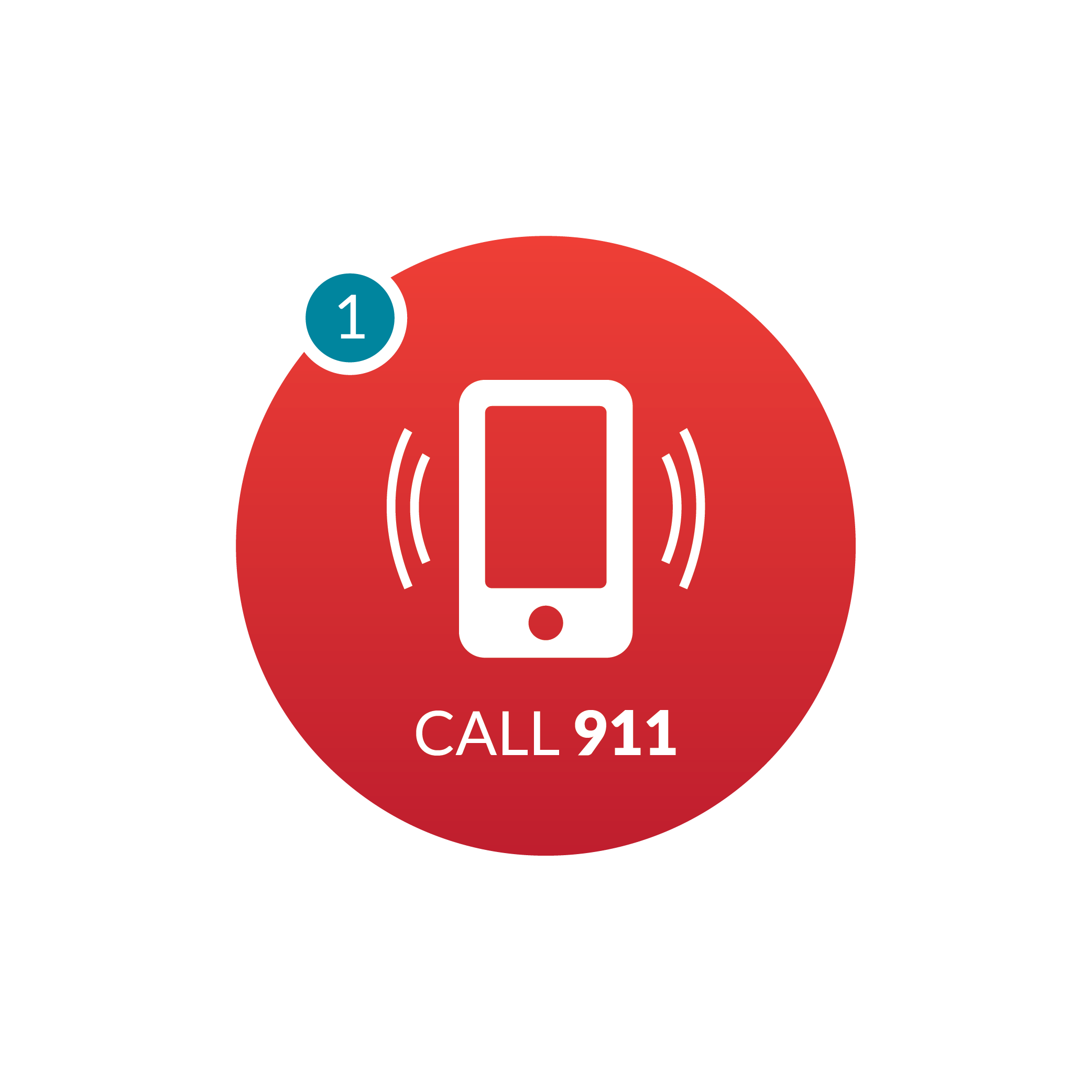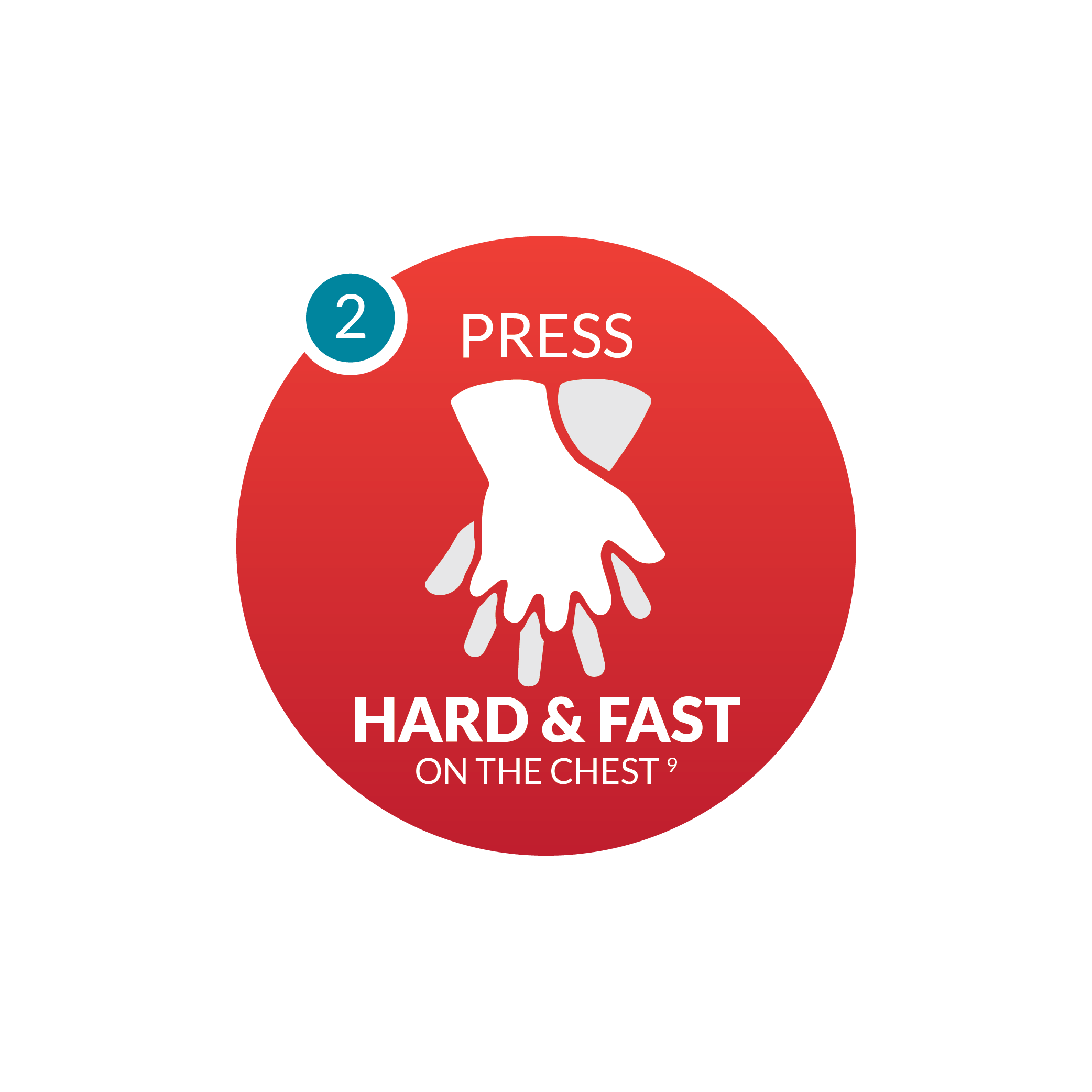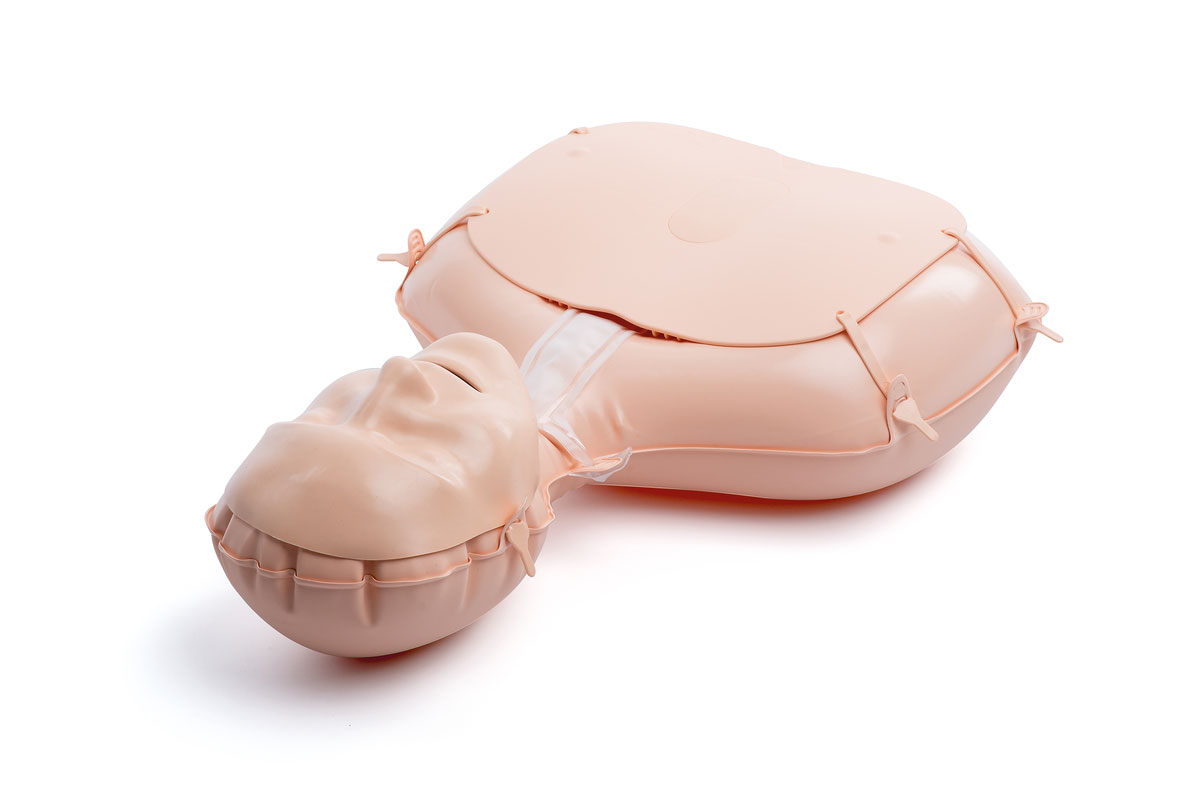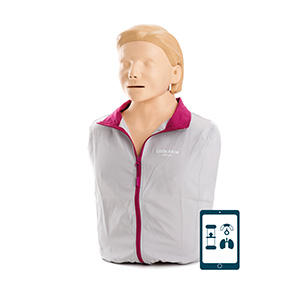16% of people do not perform CPR because they have not received formal training.11
Common barriers to CPR training include time, access, and cost.12 However, there are initiatives across the country that can expand an instructor’s reach of new students.
Local police and fire departments often plan or participate in safety events for families in their communities. Getting involved and providing CPR training at these events can make an enormous impact as most SCA events happen in the home. Attendees can learn a skill that is most likely to save the life of someone they love.
Another path to larger student reach is through grade schools and their programs. Research shows that states with laws mandating CPR training in schools result in a higher rates of bystander CPR.13
By getting creative with existing and new initiatives, CPR instructors can increase the number of trained bystanders. As a result, more bystanders may be prepared to intervene and save a life when they witness a cardiac emergency.











